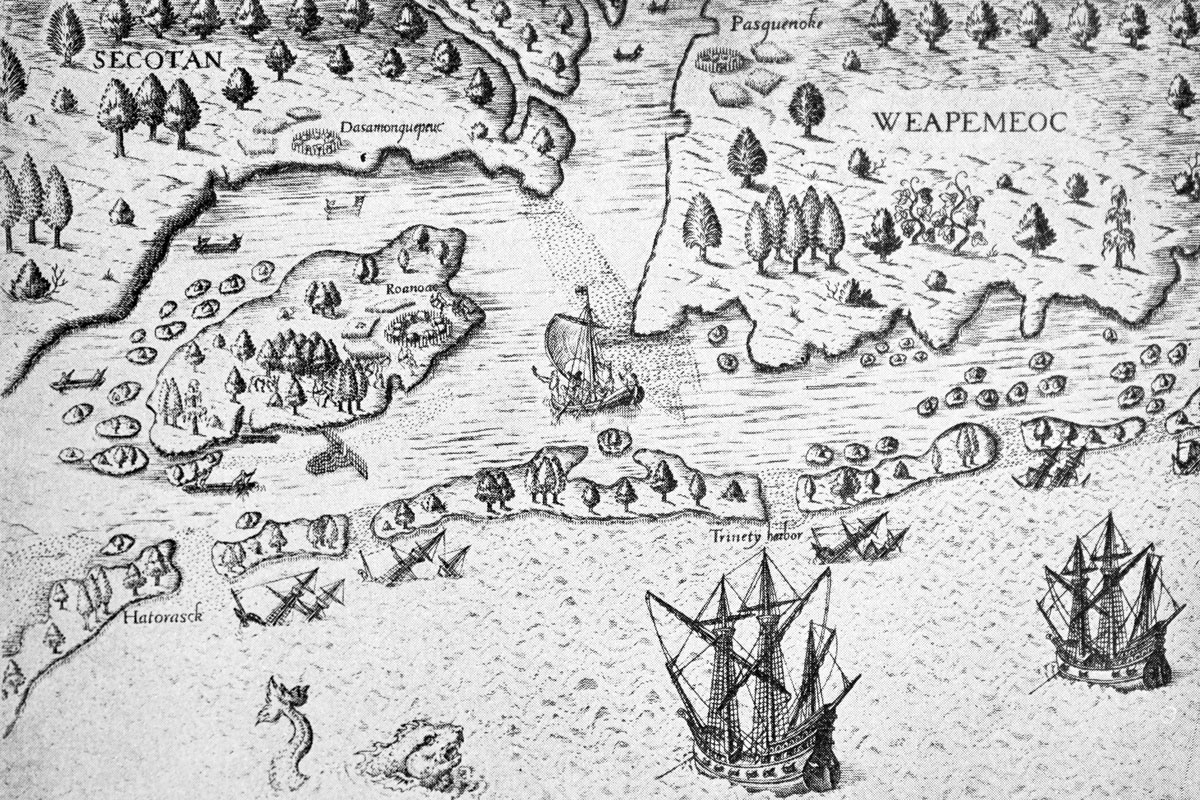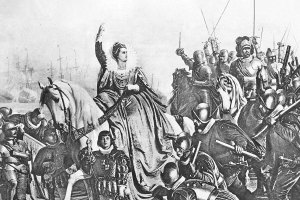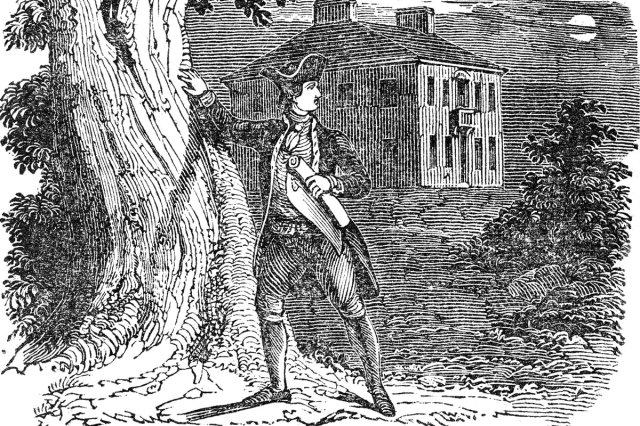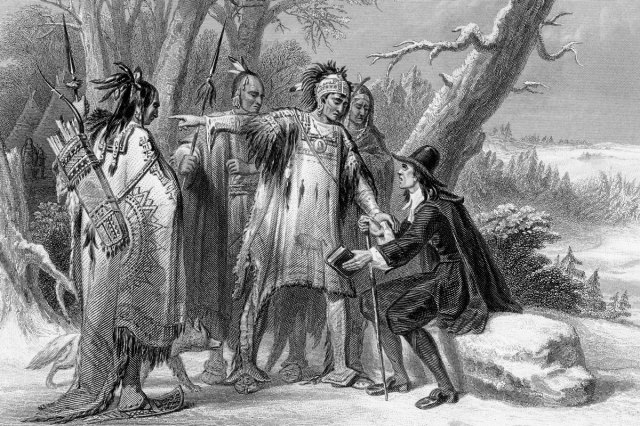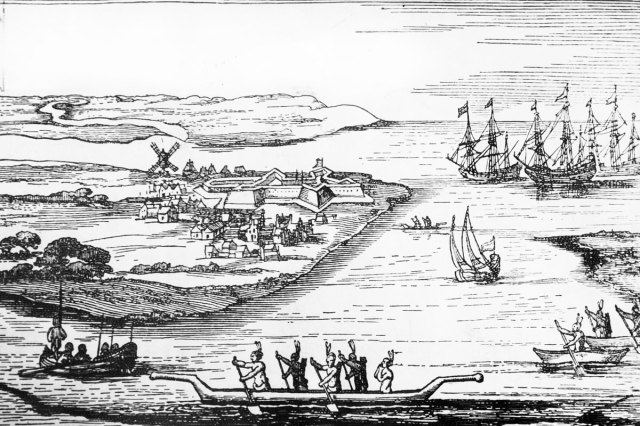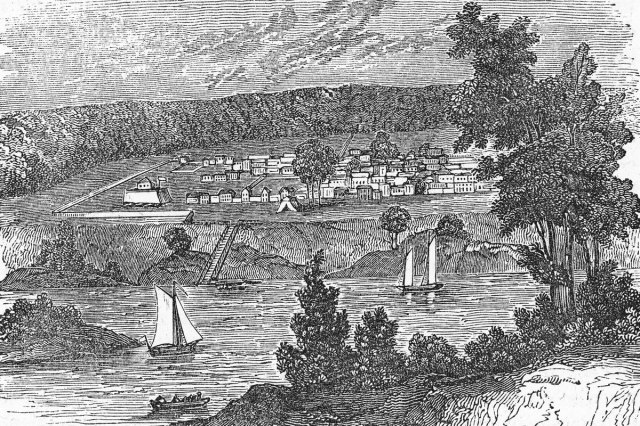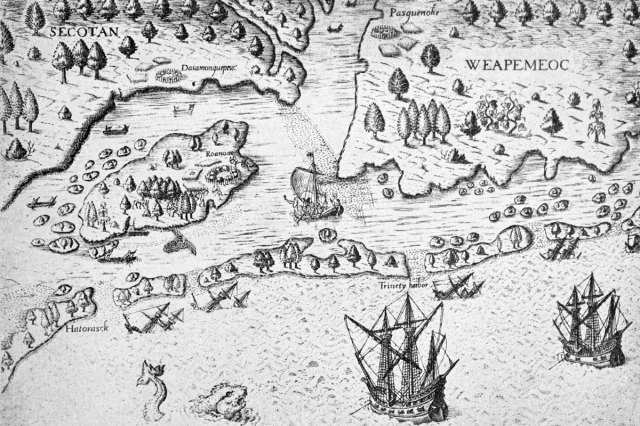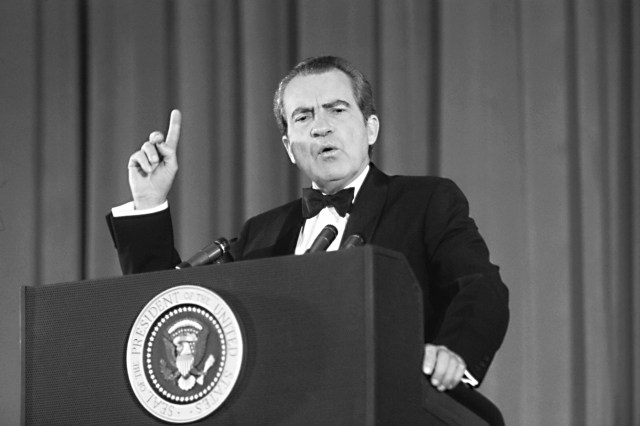13 Facts About the 13 Original Colonies
Founded in the 17th and 18th centuries on the East Coast of what is now the U.S., the 13 British colonies in America were established for different reasons and governed in different ways. Maryland, for instance, was founded as a religious haven for English Catholics, while royal colonies such as New Hampshire were established to generate wealth for England. Despite their differences, all 13 colonies eventually became united in their resistance to British rule. At the start of the American Revolutionary War in 1775, there were more than 2.5 million people — a mix of European colonists, enslaved Africans, and Indigenous peoples — living in the colonies, from New Hampshire in the North to Georgia in the South. Here are 13 interesting facts that you may not have learned about the 13 original colonies.

New Hampshire Was the First Colony to Grow Potatoes
New Hampshire was the first of the American colonies to form an independent government, as well as the first colony to have a state constitution. Yet it’s the humble potato that might be the Granite State’s biggest contribution to American history. Potatoes were brought to the colonies several times during the 1600s, but it wasn’t until 1719 that the first permanent potato patches were established by Scotch-Irish immigrants near Londonderry, New Hampshire. From there, the popularity of potatoes spread, making them the most commonly consumed vegetable in the U.S. today — and, since 2013, the state vegetable of New Hampshire.





